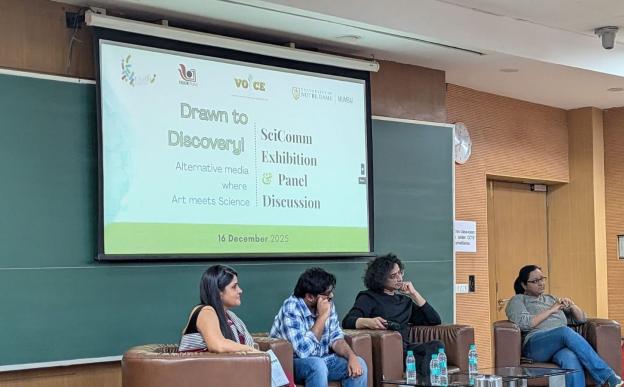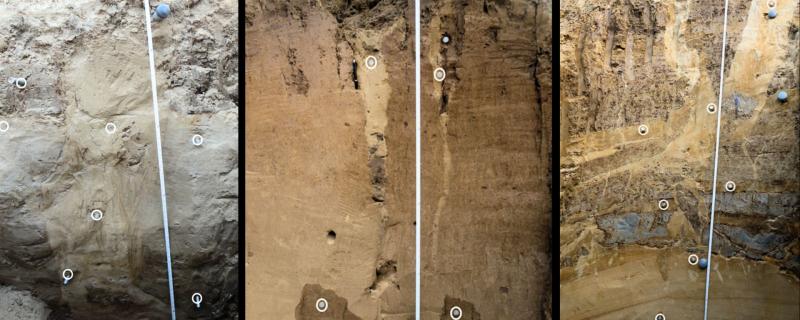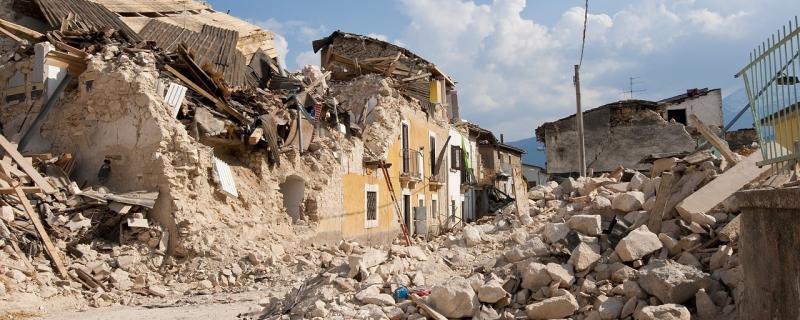The new study presents a method for predicting the age of the quake that caused a sand dike using a phenomenon known as luminescence dating.
The Indian Institute of Science Education and Research (IISER) Pune on Tuesday launched the VOICE Fellowship 2025
Pune/


